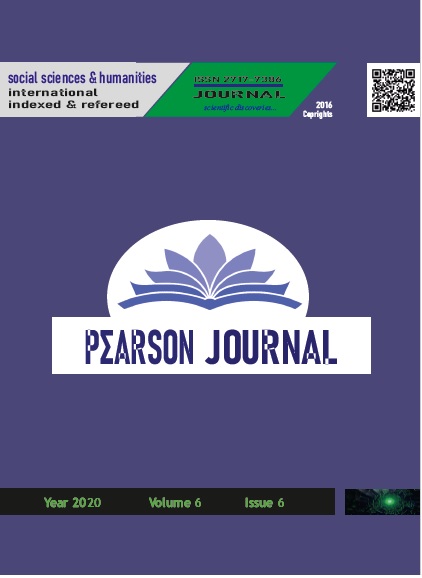MOBBING, WORKPLACE INCIVILITY, AND WORK-RELATED STALKING: COMPARISON IN CONTENT AND EFFECTS
DOI:
https://doi.org/10.46872/pj.78Keywords:
mobbing, workplace incivility, work-related stalking, negative behaviors at the workplace, violence at workAbstract
In recent years, rapid developments, progress, and change in technology have contributed positive outcomes to work-life but also reflected some problems. These problems include negative and harassing behaviors in the workplace. Among these behaviors, mobbing, workplace incivility, and work-related stalking behavior are often confused conceptually, and there is a lack of information at workplaces whether a negative behavior can be considered or classified as harassment or crime. It is observed that many employees who are exposed to negative behaviors at the workplace evaluate behaviors as mobbing even though it’s not mobbing, or contrary, they fail to realize that they have become victims of mobbing since they consider the negative behaviors they have been exposed to as usual. This lack of information makes it difficult for employees to notice and analyze the physical and psychological results caused by these negative and harassing behaviors and to seek their rights accordingly. As descriptive research, based on the literature review, this study presents a conceptual explanation of three behaviors, discusses similarities and distinctive features between them. It is observed that the common feature of three behaviors is that both affect the physical and psychological health, quality of life, and efficiency of the target negatively and threatens professionalism at the workplace. The effects of the behaviors are problems such as job stress, an increase in intention to quit, a decrease in job satisfaction, difficulties in concentration on work that affect efficiency and productivity negatively. In addition, since the target may lose, quit the job, or be forced to seek new job opportunities, there may be financial losses. For this reason, it is concluded that it is essential and critical for all employees, especially managers and Human Resources departments to have and raise awareness to take necessary precautions and act by knowing the differences between behaviors.




